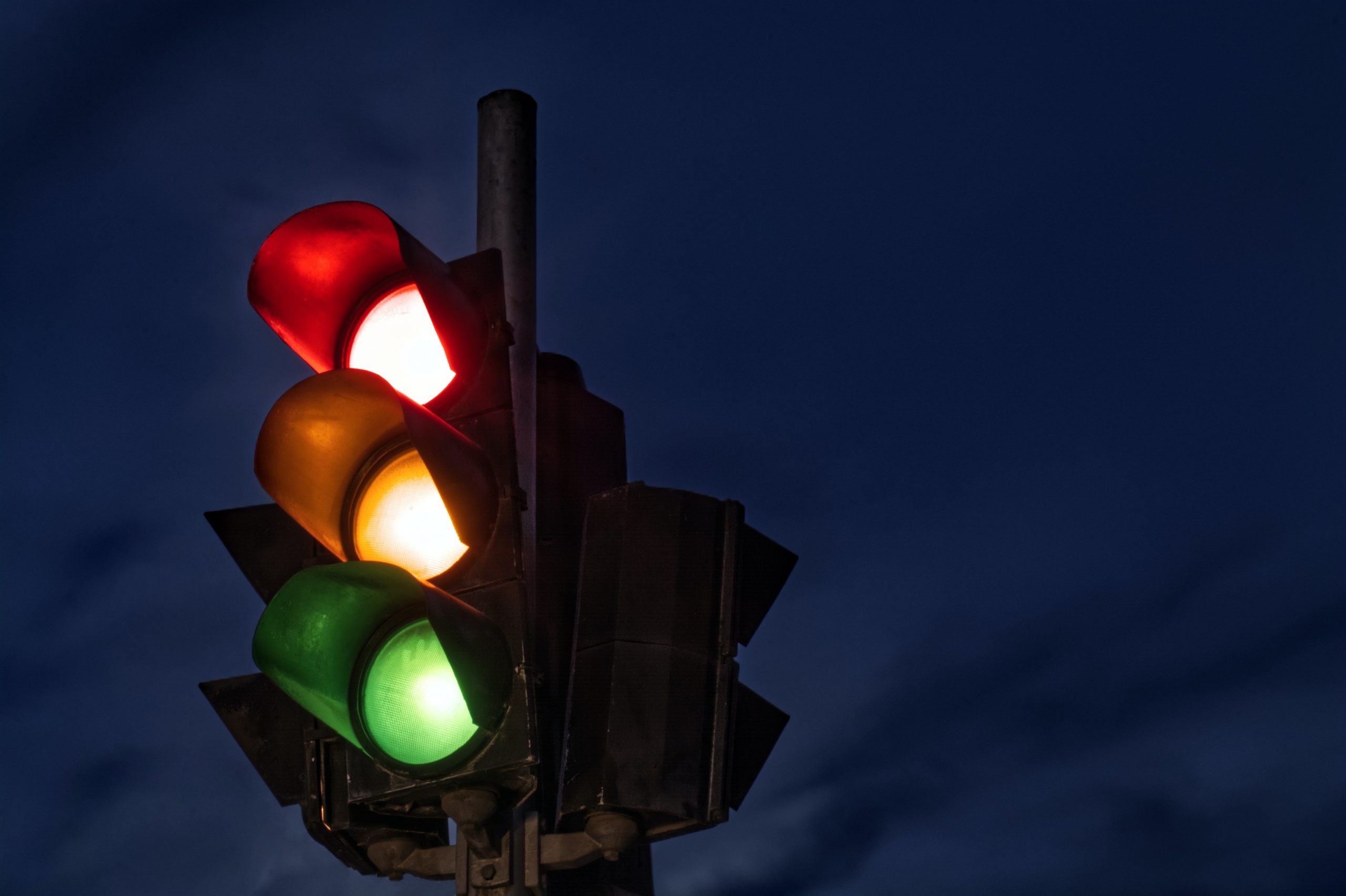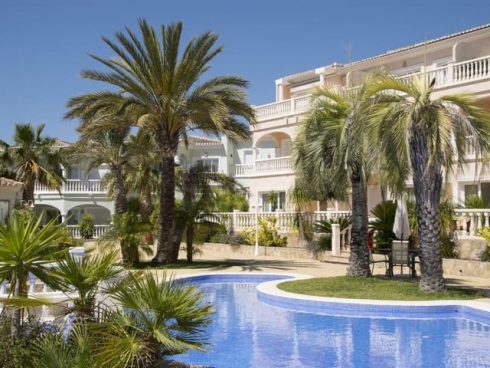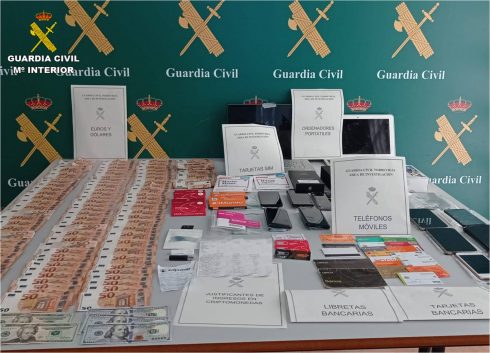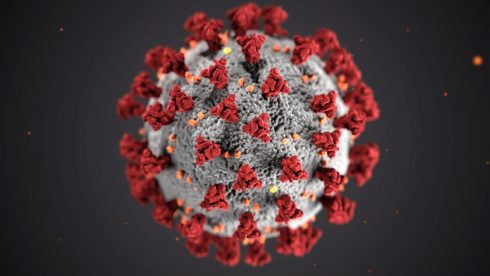Spain’s Health Ministry has reached an agreement with regional authorities to raise the thresholds to determine low, medium and high risk infection rates in an overhaul of the nation’s Covid traffic light system.
Health Minister Carolina Darias announced that a new scale had been agreed to reflect the fact that close to 90% of Spain’s adult population were now fully vaccinated.
She said the current scale – which is used to determine the risk of an area based on infection rates so that restrictions could be imposed – was drawn up before Spain launched its vaccination programme and should now reflect the fact that “Covid hospitaliations, ICU admissions and deaths have been drastically reduced”.
The measure has been introduced amid debate over the reintroduction of restrictions as infection rates rise in the run up to Christmas.
The new traffic light system will raise the bar on the low risk category from a cumulative incidence rate of 50 cases per 100,000 people over 14 days up to 100 cases. This means any zone under 100 cases per 100,000 will be categorised as “under control”.
When the infection rate is registered between 100 to 300 cases per 100,000 population it will be considered in the category of “medium risk”.
The “high risk” category is declared when infection rates reach between 300 and 500 cases per 100,000 people and anything over 500 will now be classified as “extreme risk”.
The traffic light system to determine risk zones is in place to justify the need to impose restrictions such as licensing hours, occupancy limits and curfews.
Decisions on what restrictions can be imposed are under the control of regional health authorities since Spain is no longer in a “state of alarm” when such measures could be determined by the central government.
However, they must have the approval of local courts.
In the past Spain’s Health Ministry and the Public Health Commission, which is made of health authorities from Spain’s 17 autonomous regions, had a general agreement on what restrictions should be put in place at each risk level.
But they are now at loggerheads over the issue with some regions calling for the need for Covid passports to enter bars and restaurants.
The measure that has so far been ruled out as unnecessary by Spain’s Health Ministry, which instead proposes that closing times be brought forward to 11pm for bars and restaurants in high risk areas and 1am for nightclubs.
Although rising, Spain currently has one of the lowest infection rates in Europe with the latest data from the Health Ministry showing 139 cases per 100,000 people as the national average.
The region of Navarra currently has the highest rate at 399 cases per 100,000 people according to data published on November 23 with the Basque Country close behind at 307.
The Valencia region is close to the national average at 137 and the Balearics are at 188, just behind Catalunya at 189, while Andalucia’s rate is at the lower end of the scale at 72 cases per 100,000 people.
Madrid’s infection rate is 104 cases per 100,000 people.
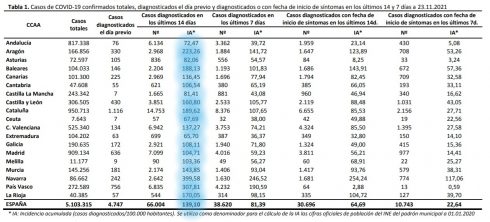
However, despite the rising cases, coronavirus hospitalisations represent just 2.33 percent of total patients, and just 5% of those occupying beds in intensive care units across Spain, a far cry from early waves when hospitals were quickly overwhelmed.
READ ALSO:
- COVID-19 certificate downloads soar before mandatory passports for indoor venues arrive in Costa Blanca and Valencia areas of Spain
- New restrictions may return to bars and restaurants in areas of Spain with high COVID-19 rates and rising hospital admissions
- Top health expert in Spain insists COVID-19 certificate is not needed for hospitality businesses
Click here to read more Coronavirus News from The Olive Press.

